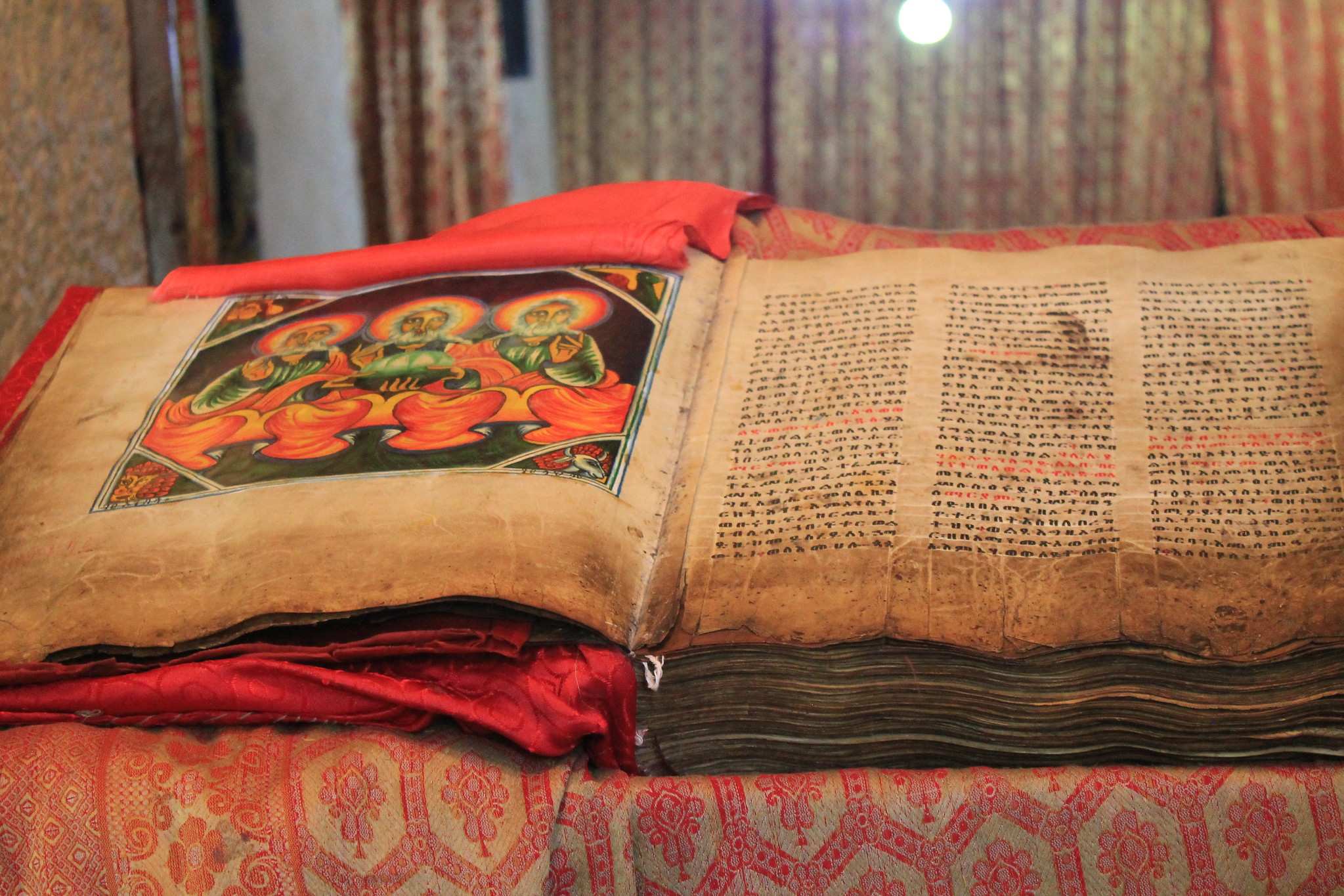 Scientists have found a never-before-seen Bible chapter 1500 years after it was first written. It was made possible using UV light. Credit: Robert Wilson / Flickr / CC BY-ND 2.0
Scientists have found a never-before-seen Bible chapter 1500 years after it was first written. It was made possible using UV light. Credit: Robert Wilson / Flickr / CC BY-ND 2.0A recent study published in the journal New Testament Studies reveals that scientists have discovered a long-lost section of Biblical text. This section is almost 1,500 years old and has been hidden for a very long time.
The study suggests that this lost chapter represents one of the earliest translations of the Gospels. The researchers, including Grigory Kessel from the Austrian Academy of Sciences, used ultraviolet photography to find the chapter. It was hidden beneath three layers of text.
Until recently, only two manuscripts were known to contain the Old Syriac translation of the Gospels. One of these manuscripts is kept at the British Library in London, and the other was discovered in St. Catherine’s Monastery at Mount Sinai, according to Dr. Kessel.
Interpretation of Matthew Chapter 12
The recent discovery by researchers sheds new light on an interpretation of Matthew chapter 12 in the Bible. This text was originally translated as part of the Old Syriac translations about 1,500 years ago.
Moreover, the researchers believe that this fragment is the only known remaining piece of the fourth manuscript that attests to the Old Syriac version. This text offers a “unique gateway” to the early phase in the history of the textual transmission of the Gospels.
The new discovery sheds light on differences in the information contained in translations. For example, the original Greek of Matthew chapter 12 verse 1 says, “At that time Jesus went through the grainfields on the Sabbath; and his disciples became hungry and began to pick the heads of grain and eat,” the Syriac translation says, “…began to pick the heads of grain, rub them in their hands, and eat them.”
A long-lost chapter of the Bible that was erased more than 1,500 years ago has been rediscovered under three layers of text using ultraviolet (UV) light by scientists at Austrian Academy of Science. pic.twitter.com/cnwkjD3rkR
— Yerwa Express News (@YerwaExpress) April 12, 2023
The experts who conducted the research believe that the Gospel book was produced no later than the sixth century. They state, “Despite a limited number of dated manuscripts from this period, comparison with dated Syriac manuscripts allows us to narrow down a possible time frame to the first half of the sixth century.”
During the time when this text was written, there was a scarcity of parchment in the region, so pages were often reused by erasing the earlier Biblical text.
“This discovery proves how productive and important the interplay between modern digital technologies and basic research can be when dealing with medieval manuscripts,” said Claudia Rapp, director of the Institute for Medieval Research at the Austrian Academy of Sciences.
‘Codex Sassoon’ an 1100-year-old Hebrew Bible
In February, it was announced that a very old copy of the Hebrew Bible, nearly complete, would be sold at an auction in May. This find is estimated to be 1,100 years old and is expected to fetch an astonishing sum between $30 million and $50 million at the Sotheby’s auction house in New York.
Moreover, the book, known as the ‘Codex Sassoon,’ is a handwritten parchment manuscript bound in leather. Experts have estimated that it was created sometime between 880 and 960, which makes it one of the oldest surviving copies of the Hebrew Bible in existence.
Should the winning bid exceed the $43.2 million paid for a first-edition copy of the Constitution of the United States, the ‘Codex Sassoon’ will become the most expensive historical document ever sold at auction.

 1 year ago
72
1 year ago
72











 English (US)
English (US)